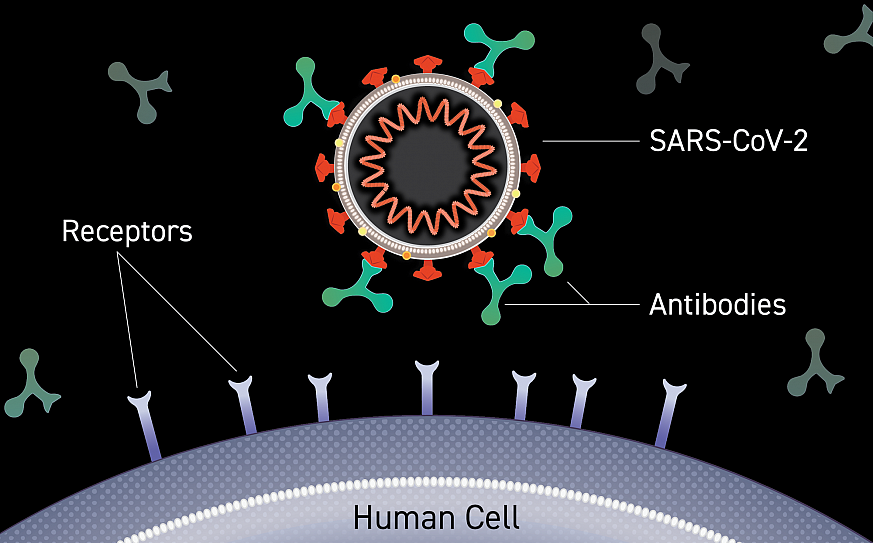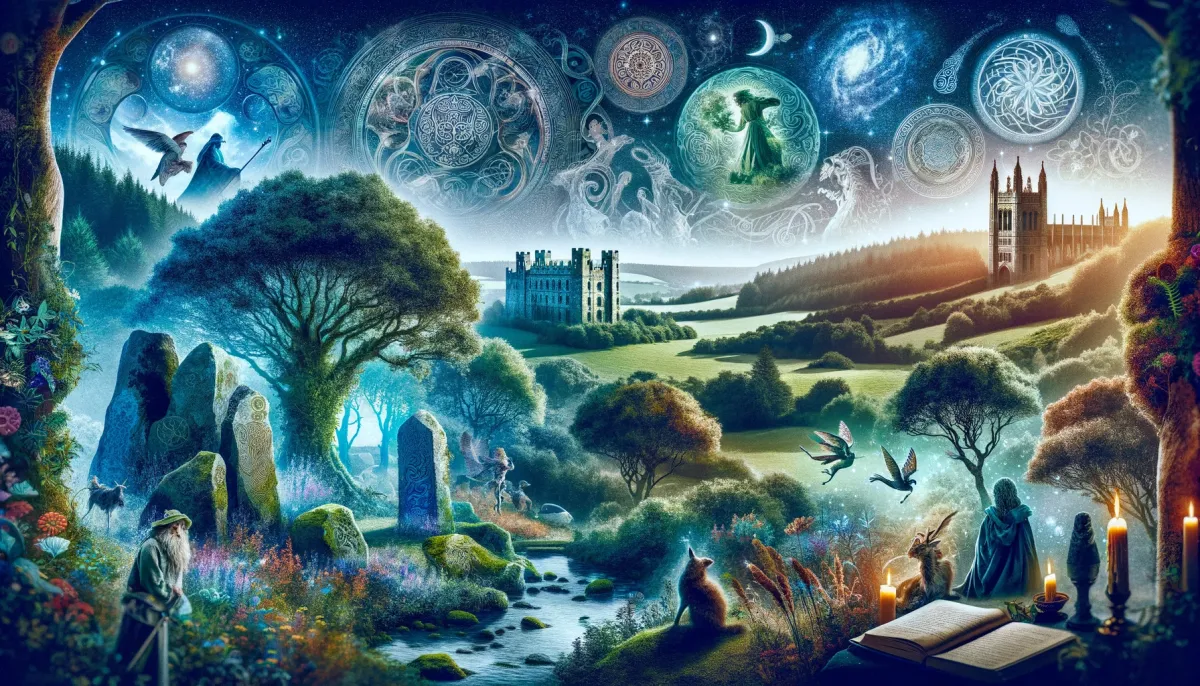Art and architecture have always been powerful reflections of the cultures that create them. From the earliest cave paintings to modern skyscrapers, creative expression has been deeply intertwined with the values, beliefs, and traditions of societies. Throughout history, cultural influences have shaped the way artists and architects approach their work, resulting in a rich tapestry of styles and movements. This article explores how culture has influenced art and architecture across different eras, highlighting the connection between creativity and the societies that inspire it.
The Dawn of Human Creativity
The origins of art and architecture can be traced back to prehistoric times, when early humans used creativity to communicate and make sense of their world. Cave paintings, such as those found in Lascaux, France, depict animals and hunting scenes, reflecting the daily lives and spiritual beliefs of prehistoric communities. These artworks were not merely decorative; they served as a means of storytelling and ritual, illustrating the deep connection between culture and creativity.

Similarly, early architectural structures, such as Stonehenge in England, were influenced by cultural and religious practices. The alignment of these massive stones with celestial events suggests that they were used for ceremonies or as calendars, demonstrating how architecture was shaped by the cultural and spiritual needs of the time.
Ancient Civilizations: Art as a Reflection of Power and Belief
As human societies grew more complex, so did their artistic and architectural expressions. Ancient civilizations like Egypt, Mesopotamia, and Greece used art and architecture to convey power, religion, and societal values. The pyramids of Giza, for example, are not only architectural marvels but also symbols of the pharaohs’ divine authority and the Egyptians’ belief in the afterlife. The intricate hieroglyphs and statues found within these structures further emphasize the cultural importance of religion and immortality.
In ancient Greece, art and architecture were deeply influenced by the ideals of democracy, philosophy, and humanism. The Parthenon, a temple dedicated to the goddess Athena, exemplifies the Greek emphasis on balance, proportion, and harmony. Greek sculptures, such as the Venus de Milo and the Discobolus, celebrate the human form, reflecting the culture’s admiration for physical beauty and intellectual achievement.
The Middle Ages: Faith and Symbolism
During the Middle Ages, art and architecture were dominated by religious themes, reflecting the central role of the Church in European society. Gothic cathedrals, such as Notre-Dame in Paris, were designed to inspire awe and devotion. Their towering spires, stained glass windows, and intricate carvings served as visual representations of Christian teachings, aiming to connect the earthly and the divine.
Medieval art, including illuminated manuscripts and religious icons, was also deeply symbolic. Artists used specific colors, gestures, and imagery to convey spiritual messages, often catering to a largely illiterate population. This period demonstrates how culture, particularly religion, can shape artistic expression and architectural design.
The Renaissance: A Rebirth of Humanism
The Renaissance marked a turning point in art and architecture, as European culture shifted toward humanism, science, and exploration. Artists like Leonardo da Vinci and Michelangelo sought to capture the beauty and complexity of the natural world, reflecting the era’s fascination with human potential and discovery. The Mona Lisa and the Sistine Chapel ceiling are prime examples of how Renaissance art celebrated individuality, emotion, and realism.
Architecture during this period also embraced classical ideals, inspired by the rediscovery of ancient Greek and Roman texts. Buildings like the Florence Cathedral and St. Peter’s Basilica in Rome combined symmetry, proportion, and grandeur, reflecting the cultural values of harmony and intellectual achievement.

The Modern Era: Diversity and Innovation
The modern era has seen an explosion of artistic and architectural styles, driven by cultural shifts such as industrialization, globalization, and technological advancement. The 19th and 20th centuries witnessed movements like Impressionism, Cubism, and Surrealism, each reflecting the cultural and social changes of their time. For example, Impressionist artists like Claude Monet focused on capturing fleeting moments of light and color, challenging traditional notions of art and embracing modernity.
In architecture, the Industrial Revolution introduced new materials like steel and glass, enabling the construction of skyscrapers and innovative designs. The Bauhaus movement, for instance, emphasized functionality and simplicity, reflecting the cultural shift toward urbanization and mass production. Today, architects like Zaha Hadid and Frank Gehry push the boundaries of design, creating structures that reflect the dynamic and interconnected nature of contemporary culture.
Globalization and Cultural Exchange
In the 21st century, globalization has led to an unprecedented exchange of cultural ideas, influencing art and architecture on a global scale. Artists and architects draw inspiration from diverse traditions, blending elements from different cultures to create unique and innovative works. For example, the Louvre Abu Dhabi, designed by Jean Nouvel, combines traditional Islamic architecture with modern design principles, symbolizing the fusion of cultures in a globalized world.
At the same time, contemporary art and architecture often address pressing cultural issues, such as climate change, social justice, and identity. Installations like Ai Weiwei’s “Sunflower Seeds” and architectural projects like the Bosco Verticale in Milan reflect the growing awareness of environmental and societal challenges, demonstrating how culture continues to shape creativity.
Art and architecture are timeless expressions of human creativity, deeply influenced by the cultures that produce them. From the spiritual symbolism of medieval cathedrals to the humanist ideals of the Renaissance and the innovative designs of the modern era, cultural values and beliefs have always been at the heart of creative expression. As the world becomes increasingly interconnected, the exchange of cultural ideas will continue to inspire new forms of art and architecture, reflecting the diversity and complexity of human experience. By understanding the relationship between culture and creativity, we gain a deeper appreciation for the ways in which art and architecture shape and are shaped by the world around us.
































